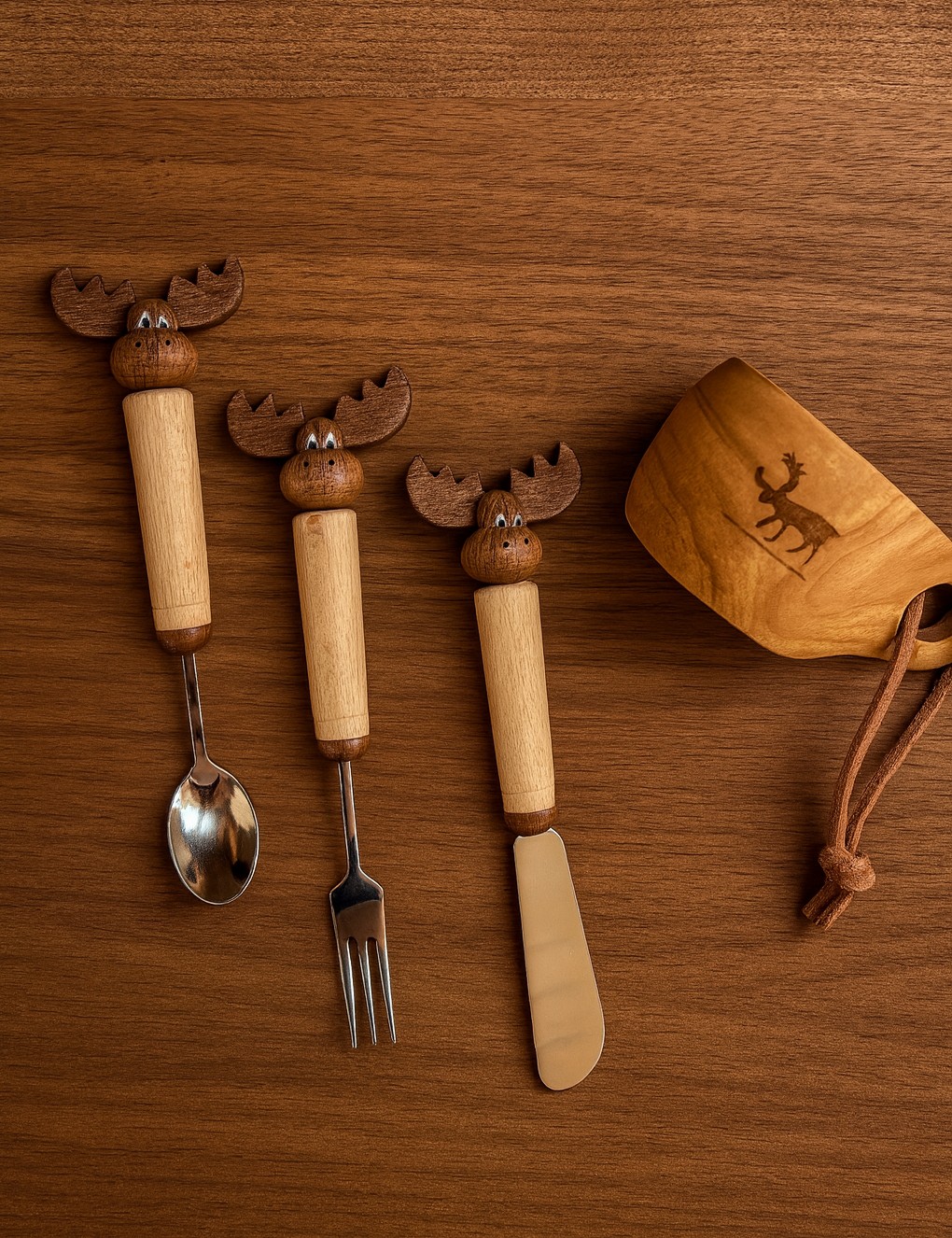The Olive Tree, an emblematic tree and a prized wood

Olive wood comes from the olive tree, a fruit tree that has been cultivated for thousands of years in Mediterranean regions. Olive wood is often used in crafts and furniture making because of its natural beauty and durability.
The natural properties of olive wood make it an ideal material for kitchen utensils, cutting boards and similar items. It is water and stain resistant.
Technical data sheet of olive wood
You will find all the necessary information to help you understand and use olive wood. We have compiled the characteristics, specifications and details of this exceptional wood.
| Characteristic | Description | |
|---|---|---|
Common name | Olive tree | |
Scientific name | Olea europaea | |
Type | Evergreen fruit tree of the Oleaceae family. | |
Leaf color | Dark green leaves on top and lighter on the bottom. | |
Fruit color | The fruit of the olive tree is green or purple or black depending on the variety and the level of ripening. | |
Wood color | The wood of the olive tree is light yellow-brown, with darker veins. More information on the color. | |
Height | Up to 10 meters. The olive trees are often pruned to not reach this height to favor the olive harvest and maintain the optimal health of the tree. More information on height. | |
Trunk diameter | For a mature olive tree, the diameter size varies between 50 and 80 cm. While for a young olive tree, the size is about 30 cm. More information on the diameter. | |
Growth | Slow. The olive tree can take several years to reach an adult size. More information on growth. | |
Life span | Up to 500 years. More information on lifespan. | |
Hardness | Hard and dense wood that resists water and stains. | |
Flower | Small white and fragrant flowers. More information about the flower. | |
Fruit | The olive: small, round, oval fruit that is harvested to produce oil or to be eaten. More information about the fruit. | |
Leaf | Small leaves (between 4 and 10 cm), dark green on the top and pale green on the bottom and elongated shape. | |
Flowering period | April to June. | |
Availability of the olive wood | ★★★☆☆ Due to its slow growth | |
Price of the olive wood | ★★★☆☆ | |
Disease and pests | The olive tree can be affected by many diseases and pests. More information on diseases. |
Description of olive wood
Take a closer look at the characteristics and uses of olive wood, as well as its history and benefits as a craft and decorative material.
Where to find the olive tree in the world

The olive tree is a tree that comes from the regions along the Mediterranean. It is mainly in Spain, Italy, Greece, Tunisia, Turkey, Morocco and Algeria.
Olive groves are also found in:
- Middle East
- North and South Africa
- Australia: hot regions in the south of the country
- America: Chile, Mexico, Uruguay and Argentina
The millennial history of olive wood

The history of the olive tree goes back several thousand years. This tree has been cultivated since ancient times for its food, oil, wood and medicinal properties.
During the time of Ancient Greece, the Greeks and Romans valued the olive tree for its oil. They considered olive oil a luxury product and used it for cooking, skin care and religious practices. Olive trees were also considered symbols of peace, wisdom and fertility.
In the Middle Ages, olive cultivation spread throughout Europe and many olive groves (land where olive trees are grown) were established in France, Italy, Spain and Portugal. It was at this time that olive oil became a staple food in Europe.
Olive wood, unique colors for a variety of uses

Olive wood is a dense and hard wood. It is water and stain resistant, and contains natural oils that can help prevent the growth of bacteria.
Even though olive wood is a hard wood, it is very pleasant to carve and work with. In addition, its wood grain gives it a natural resistance to cracking and warping.
Its color varies from pale yellow to dark brown. It also has brown, green or black veins that give it a unique appearance.
Because of its beauty and durability, olive wood is used to make kitchen utensils, cutting boards, or tableware.
However, it is important to source responsibly and sustainably to avoid harming local populations and ecosystems.
The olive, a fruit with multiple virtues
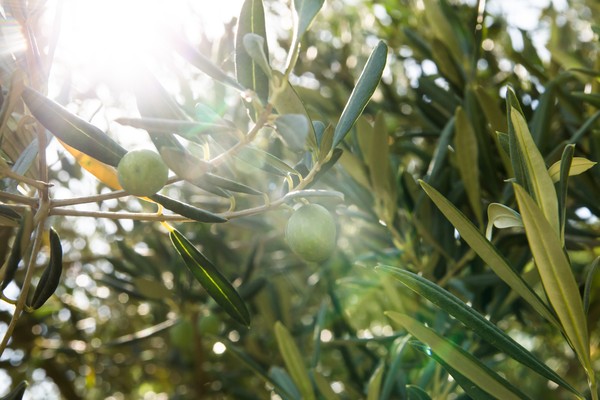
As many people know, the fruit of the olive tree is the olive. It is a small round or oval fruit, depending on the variety that is harvested when ripe to produce olive oil or to be eaten as is.
There are many varieties of olives. They are different in color, shape and taste. Olives can be of different colors: green, black or purple.
Olives are harvested in autumn, often between November and December. Olives are rich in nutrients that are beneficial to health.
Olive oil, the precious nectar from the fruit of the olive tree

Olive oil is produced from the olive, the fruit of the olive tree. It is extracted from the pulp of the olive, which is crushed and pressed to bring out the oil.
Just as there are many varieties of olives, there are many varieties of olive oil. They are differentiated by their color and taste.
It is important to know that the production of olive oil is a major economic activity for many Mediterranean countries such as Italy, Spain and Greece. There are very strict standards to guarantee the quality and authenticity of olive oil.
The flowering of the olive tree: a sign of renewal and prosperity

The olive flower is a small, very fragrant white flower. It blooms in spring, from April to June in the northern hemisphere and from October to November in the southern hemisphere.
The scent of the olive flower is sweet and resembles that of jasmine or orange blossom. The olive flower is often used to make perfumes.
At the beginning of the flowering, small buds appear on the branches of the olive tree. When they develop, these buds become clusters of small white and yellow flowers.
Without flowering, there are no olives! Flowering is the starting point for pollination and fruit formation. When flowering is affected by weather conditions, diseases, or pests, it has repercussions on fruit production.
The olive leaf is elongated with a pointed tip. It measures about 4 to 10 cm in length and 1 to 3 cm in width. The olive leaf is described as leathery, meaning it is thick and tough. It is also persistent, which means it stays on the tree all year and does not fall in autumn like trees such as the elm.
The growth of the olive tree, how does it grow?

As for many tree species, the lifespan of the olive tree depends on its variety and its living conditions: climatic conditions, soil quality and the care it receives.
The olive tree can live for a very long time but, on average, it has a lifespan of 500 years. It is also slow-growing and can take years to reach adult size.
It is only after 6 to 8 years that the olive tree begins to produce olives. The olive tree is at its best between 35 and 150 years old! After 150 years, olive production decreases but does not stop.
One of the main factors that makes the olive tree live so long is that it is very resilient and adapts to many environments.
The height of an olive tree will change depending on its age and growing conditions. Young olive trees are small with a thin trunk, less than 30 cm, and compact foliage. At maturity, olive trees can reach 10 meters in height and more than 5 meters in span. As for their trunk, it can reach 80 cm in diameter.
Pruning olive trees is a common practice because it allows the tree to keep a suitable height for harvesting olives and also to give it a distinctive appearance.
Diseases that threaten the health of the olive tree

Most of the diseases that affect the olive tree will have repercussions on olive production. Here are some of them:
- Hard skin disease: a disease that causes lesions on the trunk and branches of the olive tree.
- Verticillium wilt: a disease that causes wilting of the leaves and branches of the olive tree.
- Sooty mold: a disease caused by fungi that leads to the formation of a black, sticky substance on the leaves of the olive tree, reducing photosynthesis and fruit production.
- Olive fly: this insect lays its eggs in the fruits of the olive tree, causing the premature fall of the fruits.
The natural beauty of the olive tree in images
A collection of carefully selected images to inspire you and arouse your curiosity.
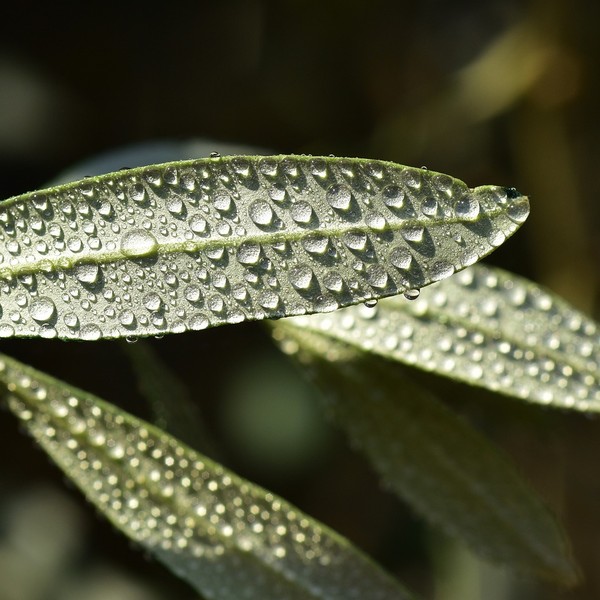
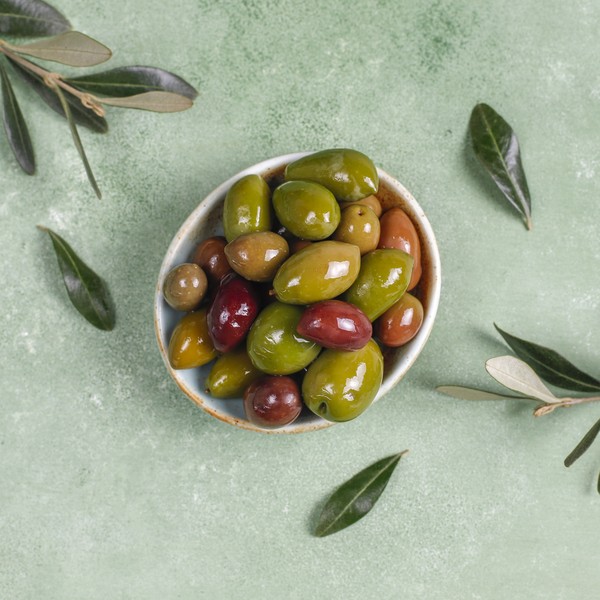
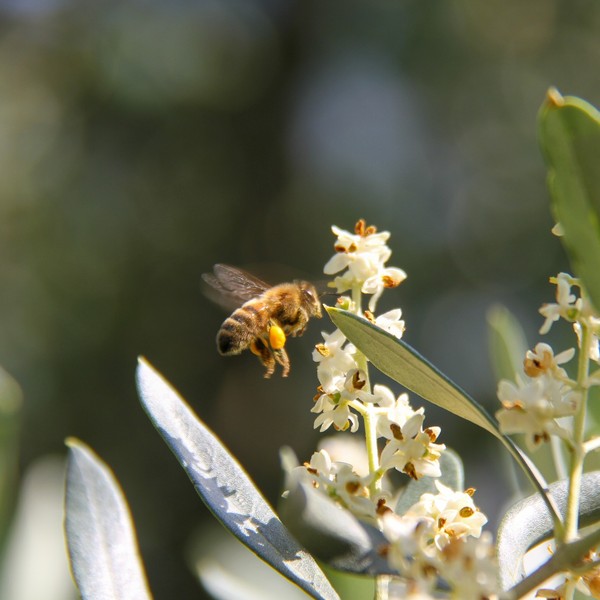

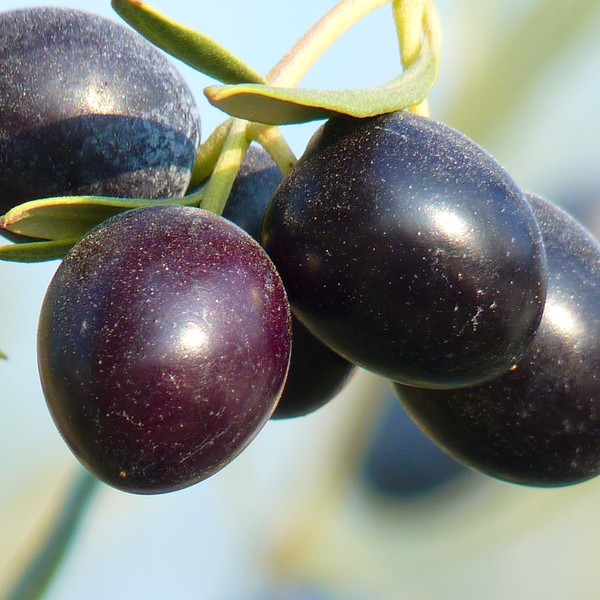
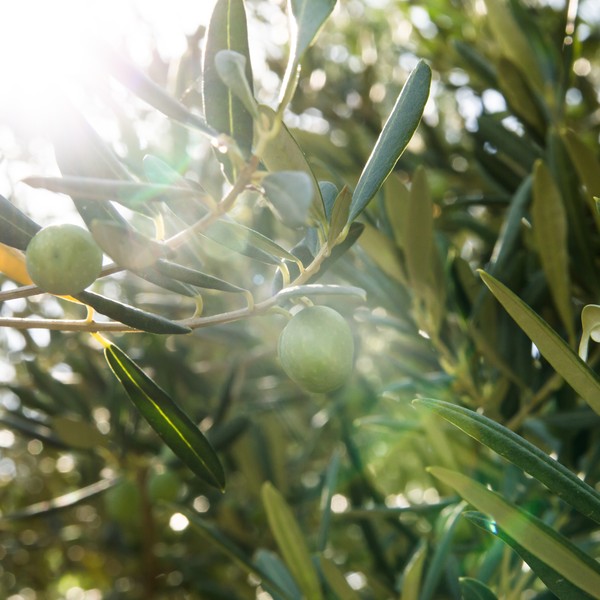
Discover the incredible versatility of wood through various species and the world of woodworking. By subscribing, you'll receive information on wood and wood species once a week.
Discover other wood species
A varied selection of woods showcasing the beauty and diversity of wood species worldwide.
Win a unique wooden set for children 🍂
Until October 31st, try your luck to win this beautiful wooden set designed especially for children. The set includes a fork, a spoon, and a knife with wooden handles decorated with a moose head, as well as a small engraved wooden cup.
To participate, click the button below. The winner will be contacted by email on October 31st 🍂
